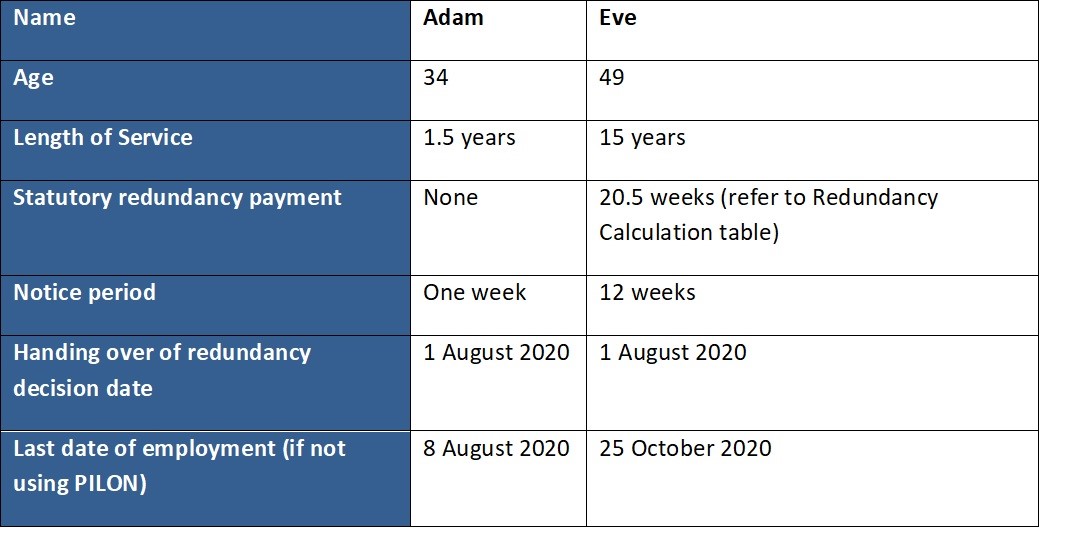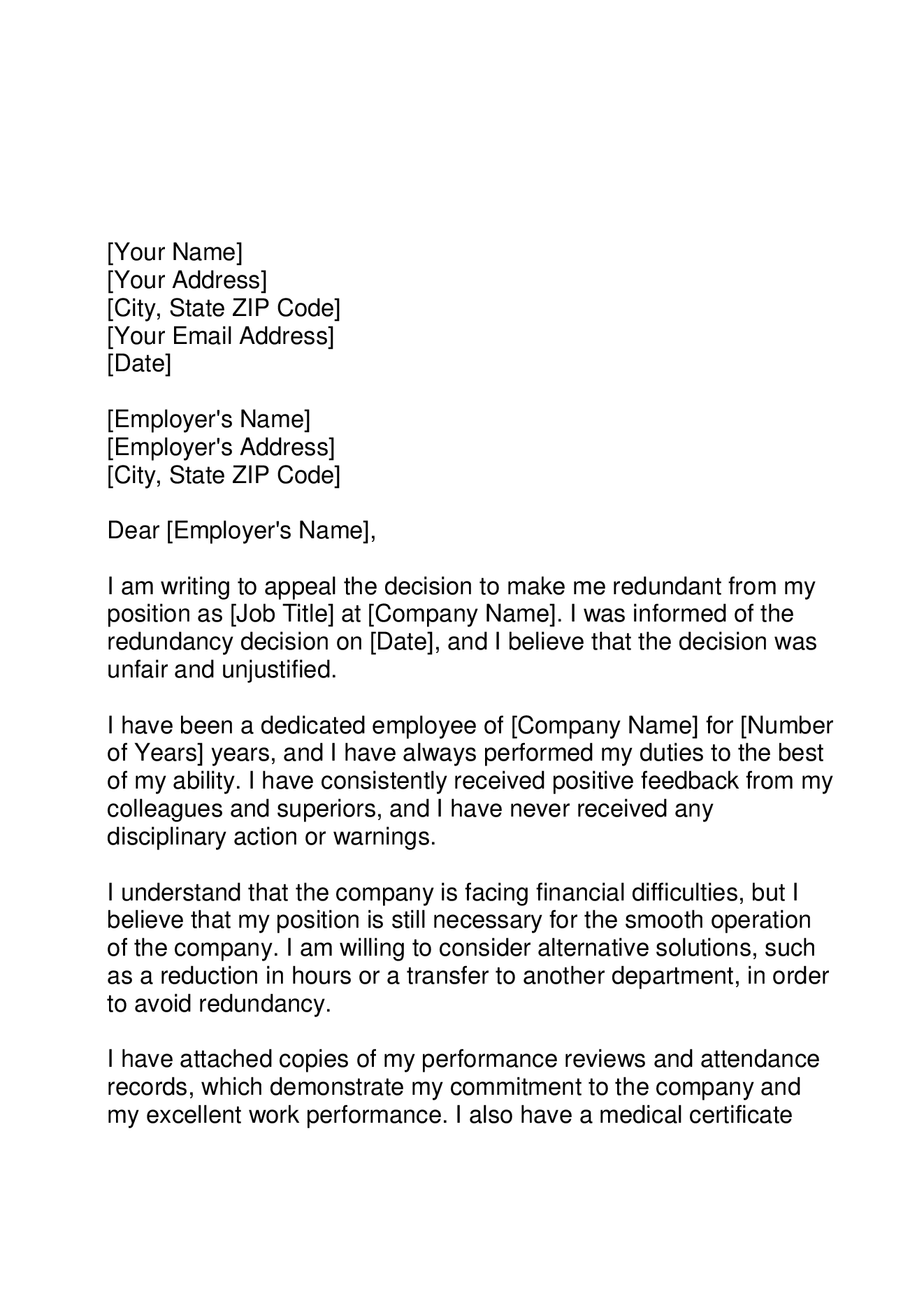Small Business Closing Employee Rights UK: Guaranteeing Fair Redundancy Pay
Small Business Closing Employee Rights UK: Guaranteeing Fair Redundancy Pay
Blog Article
Examining the Interaction In Between Firm Redundancy and Organizational Adaptability for Future Development
In the vibrant landscape of today's business globe, the intricate partnership in between firm redundancy and business flexibility arises as a vital element for continual development and success. Business commonly encounter the difficulty of striking a delicate balance between maintaining a level of redundancy to minimize threats and cultivating flexibility to react promptly to the ever-evolving market demands.
Value of Business Redundancy
Firm redundancy is an essential component that improves business strength and reduces functional threats. By including redundancy procedures within the business structure, firms can better endure unpredicted interruptions and fluctuations in the organization environment. Redundancy functions as a strategic buffer, enabling business to adapt and react properly to unforeseen challenges without endangering necessary operations.
One secret facet of the relevance of business redundancy is its duty in making sure connection throughout times of situation. When faced with unexpected modifications or emergencies, redundant systems, sources, or employees can step in to keep vital features and avoid prevalent disturbances. This connection not just safeguards the firm's reputation and client trust yet additionally decreases financial losses and functional downtime.

Approaches for Organizational Adaptability

An additional essential approach is purchasing innovation and framework that can sustain flexibility and scalability. Executing electronic devices, automation, and data analytics can streamline procedures, enhance performance, and give important insights for notified decision-making. Moreover, producing adaptable business structures that enable fast modifications to market characteristics and consumer demands is vital for staying competitive in a rapidly evolving setting. By proactively determining prospective disturbances and chances, organizations can proactively adjust and flourish in an ever-changing organization landscape.
Balancing Redundancy and Versatility
Attaining an unified stability in between functional redundancy and organizational versatility is paramount in navigating the complexities of a vibrant company atmosphere. Redundancy within a firm supplies a security web, making certain continuity and security in procedures. However, an excess of redundancy can lead to inadequacies and prevent adaptability to changing redundancy if company goes bust market conditions. On the other hand, business flexibility allows firms to react immediately to outside disturbances and seize brand-new possibilities. Striking the appropriate balance in between redundancy and flexibility is a fragile process that needs a deep understanding of the organization's objectives, market dynamics, and danger tolerance.
To achieve this balance, companies require to perform routine evaluations of their operations to recognize areas where redundancy is essential for threat reduction and where flexibility can drive technology and development. Implementing versatile frameworks, promoting a society of continual knowing and renovation, and encouraging open communication across all levels of the organization are key techniques to harmonize redundancy and flexibility properly. By lining up these 2 vital aspects, business can place themselves for lasting development and success in an ever-changing business landscape.
Case Researches on Adaptation Success
In taking a look at instances of successful organizational adjustment, it becomes evident that the interplay between functional redundancy and flexibility is a specifying aspect in forming resistant companies. One compelling instance research is that of Netflix. At first a DVD rental solution, Netflix demonstrated impressive versatility by transitioning right into a streaming system when digitalization disrupted the industry. By tactically buying modern technology and web content production, Netflix not only grew yet endured in a rapidly advancing market. Another standout example is Amazon. Beginning as an on the internet book shop, Amazon continually adjusted its company version, expanding into varied industries such as cloud computing and synthetic knowledge. This versatility permitted Amazon to stay ahead of competitors and fulfill altering customer demands. Finally, Adobe provides a significant picture of effective adaptation. The business changed from selling software application licenses to a subscription-based version, guaranteeing repeating income streams and improved consumer engagement. These study highlight the value of operational redundancy combined with organizational versatility in fostering long-term development and competitiveness.
Building Durability for Future Growth
Building resilience for future development requires a strategic positioning of operational procedures with market characteristics and emerging patterns. Business must adjust to transforming atmospheres by fostering a society of versatility, development, and continuous improvement. Resilience involves not only bouncing back from troubles but likewise proactively planning for future obstacles. One essential element of building resilience is purchasing durable risk administration techniques to minimize prospective disruptions. This consists of situation preparation, branching out supply chains, and establishing contingency strategies for different contingencies (who pays redundancy money).
Moreover, promoting solid connections with stakeholders, such as consumers, employees, vendors, and the community, is vital for weathering unpredictabilities and maintaining trust fund and assistance throughout stormy times. Effective communication and openness play a vital function in building durability, you could try here as they assist straighten assumptions and help with partnership in navigating uncertainties.
Additionally, organizations need to prioritize understanding and development campaigns to upskill staff members and furnish them with the needed devices to adapt to changing circumstances. By purchasing their labor force, business can boost their flexibility and agility, ultimately strengthening their resilience for lasting future development.
Final Thought

In the dynamic landscape of today's organization world, the detailed connection in between business redundancy and organizational versatility arises i was reading this as an important factor for continual growth and success. Business usually face the difficulty of striking a fragile equilibrium between maintaining a level of redundancy to mitigate risks and cultivating adaptability to respond promptly to the ever-evolving market needs.To accomplish this equilibrium, business require to perform routine assessments of their operations to identify areas where redundancy is necessary for danger mitigation and where flexibility can drive innovation and development.In verdict, the interaction in between business redundancy and business versatility is essential for future development. Building resilience through a mix of redundancy and adaptability will make certain that companies are prepared for the obstacles of the future.
Report this page